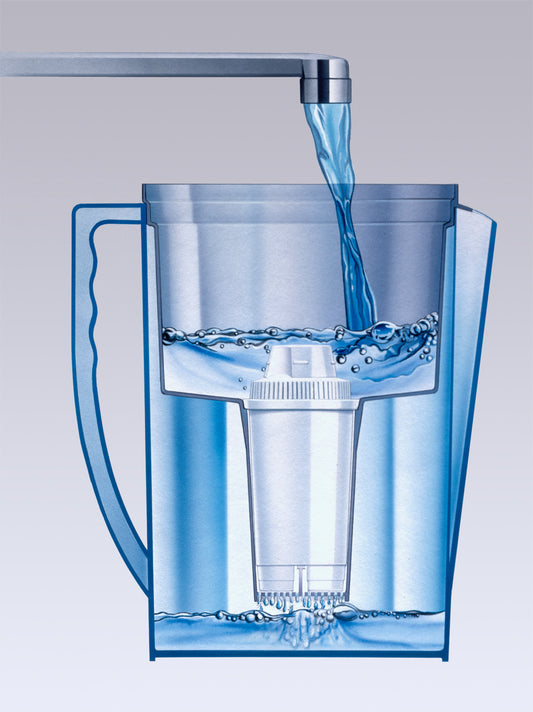Blog

Why Filtering Your Drinking Water Is Not Enough?
As the debate over the accessibility and cleanliness of drinking water continues to simmer, it is natural for you to want to abandon those deceptive bottled water companies and begin...
Why Filtering Your Drinking Water Is Not Enough?
As the debate over the accessibility and cleanliness of drinking water continues to simmer, it...

PFAS: the ‘forever chemical’ problem
The PFAS results from Consumer Reports tests are particularly troubling. Manufacturers use PFAS to make stain-resistant fabrics and carpets, water-repellent clothing, nonstick cookware, and hundreds of other common products. The...
PFAS: the ‘forever chemical’ problem
The PFAS results from Consumer Reports tests are particularly troubling. Manufacturers use PFAS to make...

Tap Water Contaminants
Contaminants that can sometimes be found in drinking water can have a serious effect on your health. Some contaminants, such as cesium, iodine, lead, strontium, and tritium can lead to...
Tap Water Contaminants
Contaminants that can sometimes be found in drinking water can have a serious effect on...
